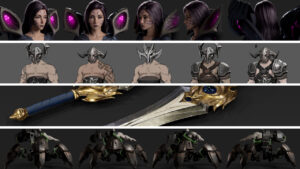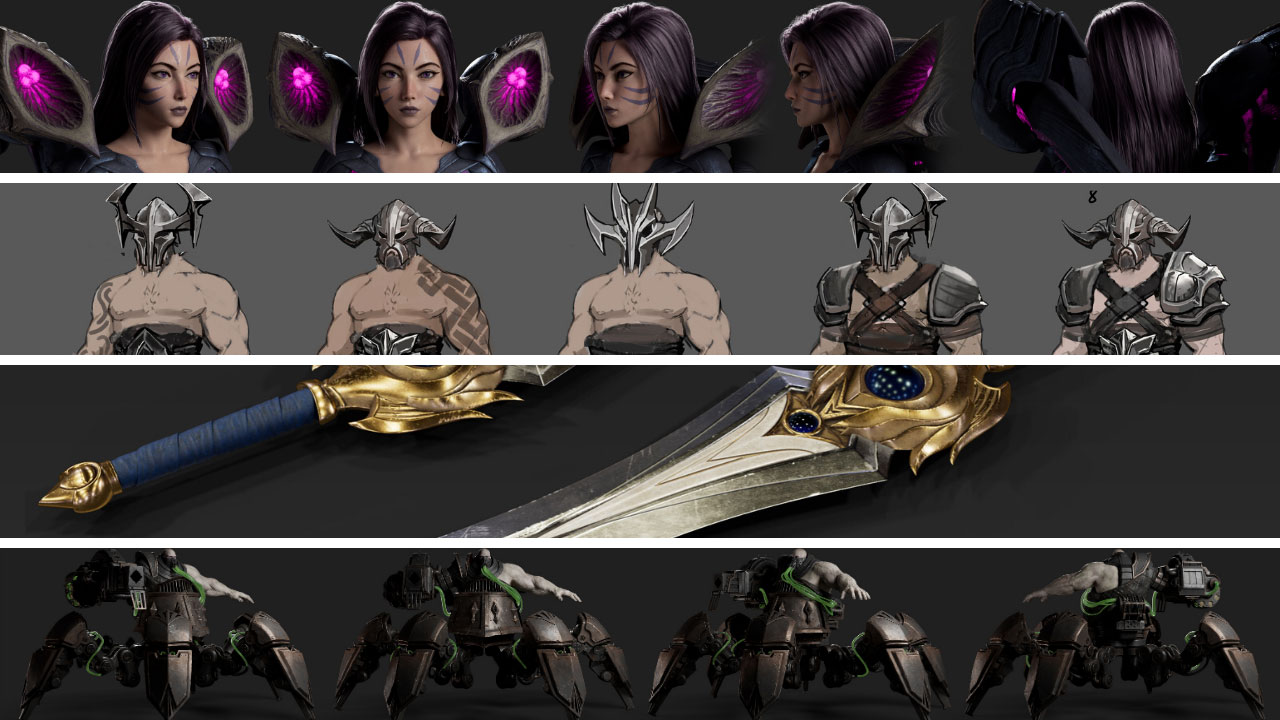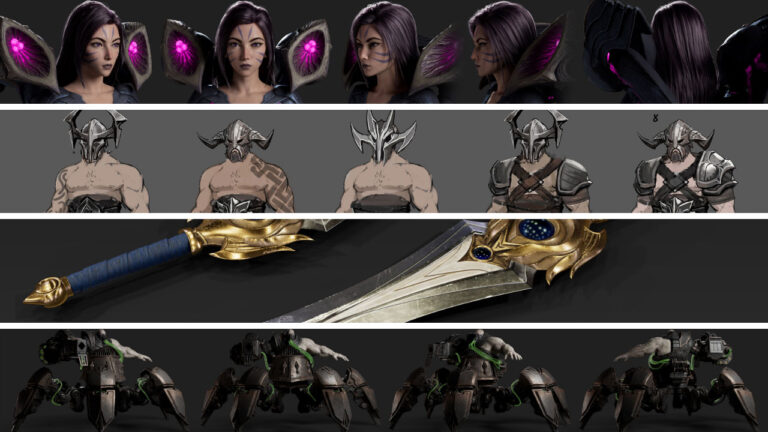Category: Gaming 3D Models
Immersed in the Rift: The Artistry of League of Legends 3D Models
League of Legends (LoL), developed by Riot Games, stands as one of the most popular and enduring multiplayer online battle arena (MOBA) games globally. Beyond its engaging gameplay, League of Legends boasts a rich visual universe, brought to life by a cadre of talented artists and designers. This article delves into the captivating world of League of Legends 3D models, exploring the artistry, creativity, and technical prowess behind the characters that populate the iconic Summoner’s Rift.
The Evolution of League of Legends 3D Models
Since its inception in 2009, League of Legends has undergone a remarkable evolution in terms of graphics and visual fidelity. The game has transitioned from relatively simple character models to highly detailed, intricately designed champions. Riot Games continually invests in enhancing the visual experience, and this commitment is evident in the evolution of 3D models.
Champion Design: From Pixels to Polygons
Early Days:
In its early years, League of Legends featured champions with simpler models and textures. While these models were charming in their own right, the constraints of technology at the time limited the level of detail that could be achieved.
Modern Era:
Today, League of Legends champions are meticulously crafted with high-polygon models, detailed textures, and intricate animations. From the flowing robes of mage champions like Lux to the imposing armor of tank champions like Garen, each character is a visual masterpiece.
Skins and Customization: Unleashing Creativity
Standard Skins:
League of Legends offers a plethora of skins for each champion, allowing players to customize their favorite characters. Standard skins provide thematic variations without altering the champion’s model significantly.
Legendary and Ultimate Skins:
Some skins transcend the ordinary, evolving champions into entirely new entities. Legendary and Ultimate skins come with unique 3D models, animations, and special effects. Notable examples include “Elementalist Lux” and “Pulsefire Ezreal.”
Visual Effects and Animations: Bringing Abilities to Life
Spell Effects:
The visual effects accompanying champion abilities contribute significantly to the game’s immersive experience. From fiery explosions to icy blasts, spell effects are intricately designed to complement the theme of each champion.
Animations:
Champions move, attack, and cast spells with fluid animations that add personality and uniqueness to each character. These animations are crafted to convey the essence of the champion’s identity and backstory.
The Technical Side of League of Legends 3D Models
Behind the captivating visuals of League of Legends lies a complex technical process. Riot Games utilizes advanced 3D modeling software and animation tools to create champions and their skins. Rigging and skeletal animation techniques enable lifelike movement, while texture mapping and shading bring characters to life in the game engine.
Conclusion
League of Legends 3D models are not just digital representations; they are the embodiment of creative vision, technical expertise, and a commitment to delivering an unparalleled gaming experience. As League of Legends continues to evolve and introduce new champions and skins, players can look forward to exploring an ever-expanding universe of visually stunning and intricately designed characters on the iconic battlegrounds of the Summoner’s Rift.







